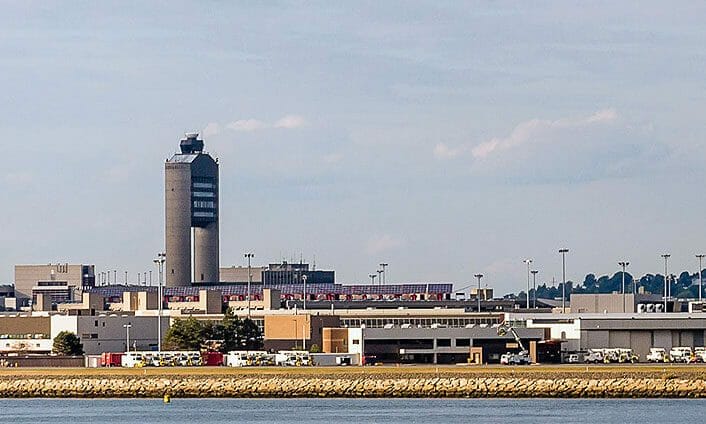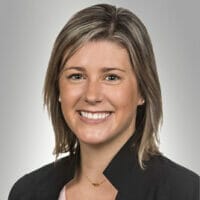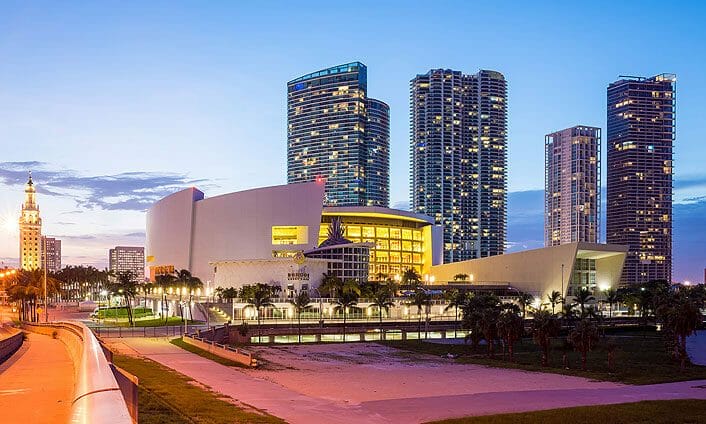OWNER
The Airport Department
LOCATION
Kansas City, MO
SERVICES
INDUSTRY
KEY CONTACT
The new single terminal and parking at Kansas City International Airport (MCI) project consists of a one million SF terminal facility including curbside, ticketing lobby, TSA compliant security screening checkpoint, TSA compliant in-line checked baggage inspection system and associated support areas, baggage claim areas, baggage make-up area and associated support functions. The terminal includes two concourses attached by a 634-foot connection with moving walkways above and baggage handling systems below. Officials opened 18 security lanes to service the 39-gate facility, which replaced the airport’s current configuration with gates spread across separate terminals.
The new terminal was the largest single infrastructure project in Kansas City history. The facility included secure concourses providing concessions and customer amenities. The facility initially supported 39 aircraft gates, but facility systems were designed to ultimately support 42 gates. The new single terminal project promises to improve the passenger experience, particularly for those waiting out delays or making connections in Kansas City. It includes dozens of retail and restaurant options beyond security checkpoints. It also doubled the number of restroom facilities available with 120 toilets spread throughout the terminal.
One critical objective of the project was to put the department in the position to consume and leverage the immense amount of Building Information Model (BIM) data that was to be generated as part of the new terminal project. The desired end result was to take a huge step forward in how as-built construction data was used to seed the EAM system.
Project Highlights:
- SaaS Maximo v7.6 Implementation
- Work Management Processes
- Part 139 Inspections
- Fully electronic system
- Interface with MCI’s ArcGIS system
- Mobile Work Management
- Integrated BIM Model for New Terminal with Maximo
- 2022 MaximoWorld Conference Best Maximo Asset Information Management project.
Scope of Work Includes:
- MCI applied an innovative approach to implementing asset management at the very beginning of their new terminal project. They were looking for an asset management software (EAM) that allowed them to monitor and manage the full lifecycle of MCI’s enterprise assets, such as facilities, communications, transportation, production, and infrastructure.
- EDI leveraged IBM’s best-of-breed, commercial-off-the-shelf Enterprise Asset Management (EAM) Maximo software, EDI’s Strategic Asset Management (eSAM) for airports configuration, and the Fix, Inspect, and Request modules of the Arora ATLAS® mobile solution to provide a seamless asset and data management system with cross functionality across MCI’s aviation facilities.
- EDI implemented a BIM integration that allowed the Aviation Department to consume COBie data directed from BIM models as well as link Maximo Assets directly to 3D BIM Models via Autodesk ForgeViewer inside of Maximo. These world-class project delivery standards EDI and Arora established for the department ensured the seamless migration of data from the BIM model to Maximo. These services allowed MCI’s operations and maintenance staff to be able to use and maintain the entire new facility from day one and reduced MCI’s implementation costs by approximately 50% with a digital delivery.
- In addition to supplying MCI with Maximo, EDI also delivered their mobile integration and work order platform, Arora ATLAS to further enhance the capabilities of both Maximo and MCI’s Landside and Airside teams. The Arora ATLAS Fix solution helps MCI to streamline their work order process, Inspect helps the authority perform critical airfield and terminal inspection services, and Request simplifies their work request process with real-time location services and advanced intelligence. ATLAS fully integrates with both Maximo and MCI’s Geospatial Information System to provide accurate location and mapping for all airport assets. Ian Redhead, Deputy Director Operations and Maintenance KC Aviation Department, Kansas City International Airport, claims “The EDI Maximo eSAM system with EDI/Arora ATLAS® mobile is providing MCI with significant ROI and will continue in the future.”
The project was recognized at the 2022 MaximoWorld conference as the year’s Best Maximo Asset Information Management project.
Photo Credit: SOM

















